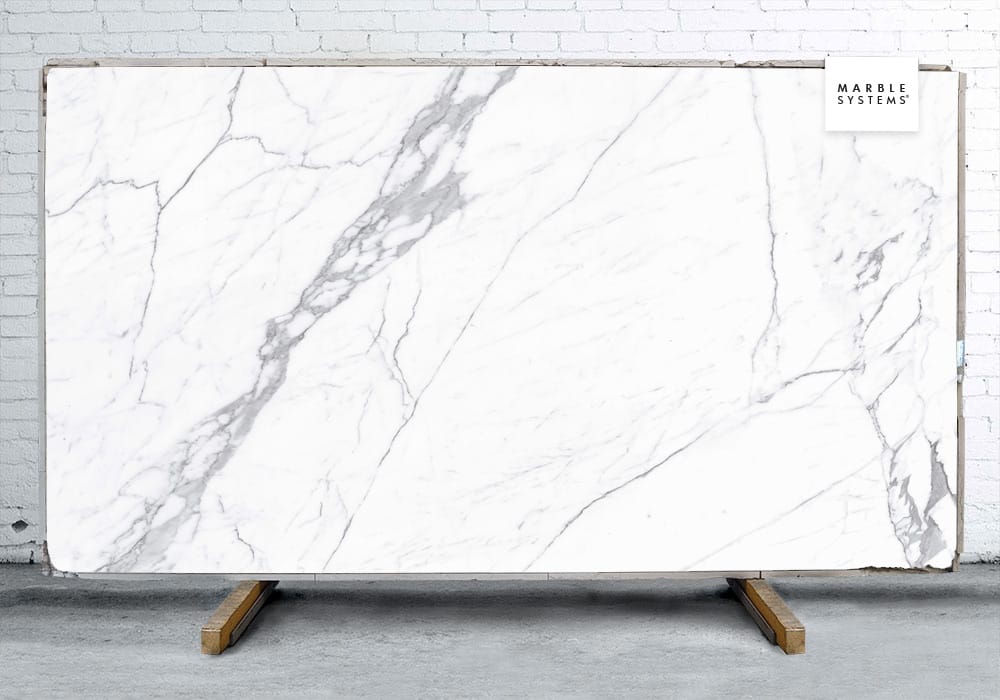In addition to the technical reasons 3cm material has a better looking edge since the profile can be fabricated with more detail without having to laminate the edge.
Typical marble slab thickness.
Unified building code ubc specified minimum thickness of ribbed slab to be 1 12 distance between ribs or 51mm.
The most commonly found granite countertop thickness is 3 cm or 1 1 4 inches.
Slabs that are 3cm thick are a better value in the end than the 2cm slabs.
It is available in both honed and polished finishes.
In terms of surface area a typical slab of granite will be 45 square feet although this is likely to end up being slightly less due to the re shaping of the stone.
There are benefits to both options and your decision should ultimately depend on the application of your slab.
Most granite and marble slabs are available in either 2cm or 3cm 1 1 4 thick.
The two standard thicknesses of granite slabs are listed in the table below.
This size is typically reserved for.
A whitish marble with very pronounced veins ranging from gray to golden brown.
The maximum dimensions of the marble slabs of statuario venato calacatta statuarietto venatino bianco carrara bardiglio and covelano marbles are 3 30x2 00 metres whereas the paonazzo and paonazzetto s are normally 2 40 2 50x1 20 1 40 metres.
The 2cm thickness has been carried through as the industry standard while the 3cm thickness seems to be the latest norm for kitchen countertops and other applications.
The most common material thicknesses are 2cm and 3cm.
The thinnest granite slabs available are 2 cm or 3 4 inch thick.
Granite slabs also have a standard thickness.
For specialty thicknesses or extremely large piece size requirements the marble contractor should be consulted in the design phase to assure the.
Themarble slabs with two or four refilled sides have a standard thickness of 2 3 cm but it is always possible to obtain on request a thickness of 1 8 cm or greater than 3 cm.
Originating in the apuan mountains in carrara italy it is a high end luxury stone that is used both in countertop slabs and flooring tiles.
3 cm or 1 1 4 inch.
1 2 minimum thickness of ribbed slab aci 318 14 recommend the same value of non prestressed beams as provided in table 2.
While there is a 20 40 difference in material costs between the two 2cm tends to be utilized for backsplashes or surfaces that won t be placed under stress regularly like a counter would be.
Let s first begin with the two most common thicknesses utilized as it relates to stone countertop installations.
Another thickness two inches or a little over five centimeters 5 cm seems to be a popular choice for both marble and granite as it is effective thickness for kitchen islands.
Typical slab sizes vary by material but average 4 0 x 8 0 for marble.
Ribbed one way slab.
















































